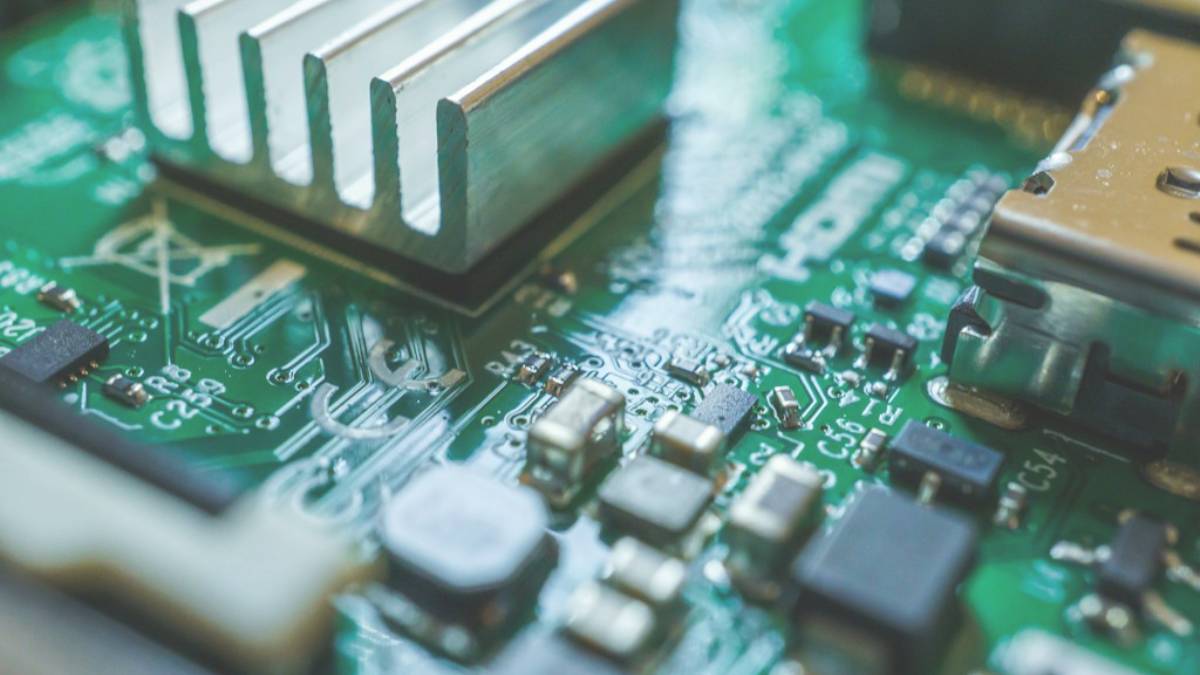Introduction to Embedded Systems

Embedded systems have become ubiquitous in our daily lives, yet their complexity and significance often go unnoticed. These specialized computer systems are integral to various applications, from simple household appliances to sophisticated industrial machinery.
Definition and Overview
At its core, an embedded system is a dedicated computer system designed for specific functions within a larger system. These systems are embedded as part of a complete device, often including hardware and mechanical parts.
Importance in Modern Technology
Embedded systems are the backbone of countless modern technologies. They enable smarter, more efficient, and interconnected devices, reshaping industries and enhancing user experiences.
Understanding the Basics
Embedded systems, while diverse in application, share common characteristics and foundational elements that define their operation and design.
What Are Embedded Systems?
An embedded system can range from simple devices with a single microcontroller to complex systems with multiple units performing different functions.
Key Characteristics
These systems are characterized by their dedicated functions, real-time performance, reliability, and often, the need for efficient power consumption.
History and Evolution
The journey of embedded systems is a testament to technological advancement, evolving from basic electronic components to the sophisticated systems we see today.
Early Developments
The inception of embedded systems dates back to the early 1960s, with the first recognized system being the Apollo Guidance Computer, developed for NASA’s Apollo missions.
Recent Advances
Recent years have seen tremendous growth in embedded systems, driven by advancements in microprocessor technology, miniaturization, and the Internet of Things (IoT).
Major Components of Embedded Systems
Embedded systems consist of various components, each playing a crucial role in their functionality.
Processors
The processor, often a microcontroller or microprocessor, acts as the brain of the system, executing the programmed instructions.
Memory
Memory components, including RAM and flash memory, store code and data necessary for the system’s operation.
Sensors and Actuators
Sensors gather data from the environment, while actuators interact with the physical world, crucial for systems requiring real-time responses.
Software for Embedded Systems
The software in embedded systems is as vital as the hardware, providing the intelligence and control needed for specific tasks.
Operating Systems
Embedded operating systems manage hardware resources and provide a platform for application software. They range from simple schedulers to complex real-time operating systems (RTOS).
Programming Languages
Languages like C and C++ dominate embedded system programming due to their efficiency and control over hardware resources.
Hardware Design Considerations
Designing hardware for embedded systems requires careful consideration of several factors to ensure functionality and efficiency.
Choosing the Right Hardware
Selecting appropriate hardware components is critical, balancing performance, power consumption, size, and cost.
Integration Challenges
Integrating various hardware components into a cohesive system presents challenges, especially in ensuring compatibility and performance optimization.
Software Development in Embedded Systems
Developing software for embedded systems is a specialized field, requiring knowledge of both hardware and software aspects.
Tools and Environments
Software development tools and environments for embedded systems range from basic compilers and debuggers to advanced integrated development environments (IDEs).
Best Practices
Best practices in embedded software development include thorough planning, modular design, and continuous testing and debugging.
Debugging and Testing
Debugging and testing are essential phases in embedded systems development, ensuring reliability and performance.
Strategies
Effective debugging strategies involve systematic approaches, utilizing tools like simulators, emulators, and logic analyzers.
Common Challenges
Testing embedded systems can be challenging due to their interaction with physical processes and the need for real-time responses.
Real-World Applications
Embedded systems find applications in a myriad of fields, demonstrating their versatility and significance.
Consumer Electronics
From smartphones to smart home devices, embedded systems are at the heart of consumer electronics, enhancing functionality and user experience.
Automotive Systems
In the automotive industry, embedded systems play crucial roles in everything from engine management to advanced driver-assistance systems (ADAS).
Security in Embedded Systems
As embedded systems become more interconnected, their security becomes increasingly vital.
Threats and Vulnerabilities
Embedded systems face various security threats, including unauthorized access and data breaches, necessitating robust security measures.
Security Measures
Implementing security measures like encryption, secure boot, and regular updates is critical in safeguarding embedded systems against potential threats.
Performance Optimization
Optimizing the performance of embedded systems is key to their effectiveness and longevity.
Techniques
Performance optimization techniques include code optimization, efficient use of resources, and hardware acceleration.
